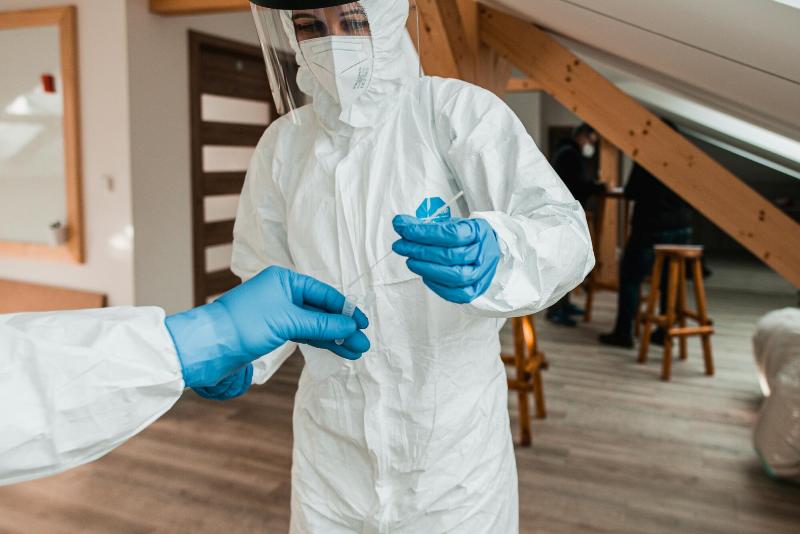Have you ever wondered how mold in your home might affect your little kids?
Many parents are unaware of the dangers lurking in damp corners and dark spaces. Mold can harm your child’s health, leading to allergies and breathing problems.
Understanding the risks is vital for keeping your family safe. In this article, we’ll explore the mold’s effects on little kids and how to prevent it from taking root in your home.
Hidden Dangers
Mold exposure can pose significant health risks, particularly for young children, whose developing bodies and immune systems may make them more vulnerable. Here are some hidden dangers of mold exposure for young children:
Respiratory Issues
Mold exposure can lead to various respiratory issues in young children. Common symptoms include wheezing, coughing, and shortness of breath. Children who already have asthma may experience more frequent attacks or worsening symptoms when exposed to mold.
Infections
Young children may develop fungal infections from mold exposure, especially if their immune systems are weak. These infections can affect the lungs or skin and may require medical treatment. Parents should be alert to signs of infection, such as fever or unusual skin rashes.
Developmental Delays
Chronic mold exposure may result in developmental delays in young children. Research indicates that mold toxins can affect cognitive function and behavior. Children exposed to mold may struggle with learning or exhibit unusual behaviors.
Neurological Effects
Children’s nervous systems may be harmed by prolonged mold exposure. Headaches, tiredness, and mood swings are some of the symptoms. Parents should watch their kids to see if their behavior changes or if they show signs of being uncomfortable.
Protecting Your Little Kids
Protecting young children from mold exposure involves a combination of prevention, education, and prompt action. Here are effective strategies to safeguard your little ones:
Create a Clean Environment
Regular cleaning is essential to protect young children from mold exposure. Keep surfaces in the home free from dust and moisture to reduce mold growth. Pay special attention to areas like kitchens, bathrooms, and basements where humidity is higher.
Control Humidity Levels
Maintaining indoor humidity levels below 50% can help prevent mold growth. Use dehumidifiers in damp areas and ensure proper ventilation throughout the home. Regularly check and repair leaks in plumbing and roofing to avoid moisture buildup.
Monitor Indoor Air Quality
Using air purifiers can improve indoor air quality and reduce mold spores in the air. Regularly change HVAC filters to ensure they effectively trap allergens and contaminants. Ensure good airflow in the home to promote a healthy environment for children.
Schedule Regular Inspections
Regular inspections of your home can help identify mold growth early and prevent serious health risks for young children. If you notice any signs of mold, consider the best mold removal services in Philadelphia to address the issue promptly. Taking these preventative steps ensures a healthier living environment for your family.
Protect the Future by Shielding Your Little Kids From Mold Dangers
In conclusion, mold exposure can seriously harm little kids, affecting their health in various ways. Young children are especially vulnerable due to their developing bodies and immune systems. It is essential for parents to be aware of the risks and take steps to reduce mold in their homes.
By ensuring a clean and dry environment, families can protect their children’s well-being. Taking action now can help prevent serious health issues in the future.
Did this article expand your knowledge? If so, don’t forget to visit our blog for further educational material.
